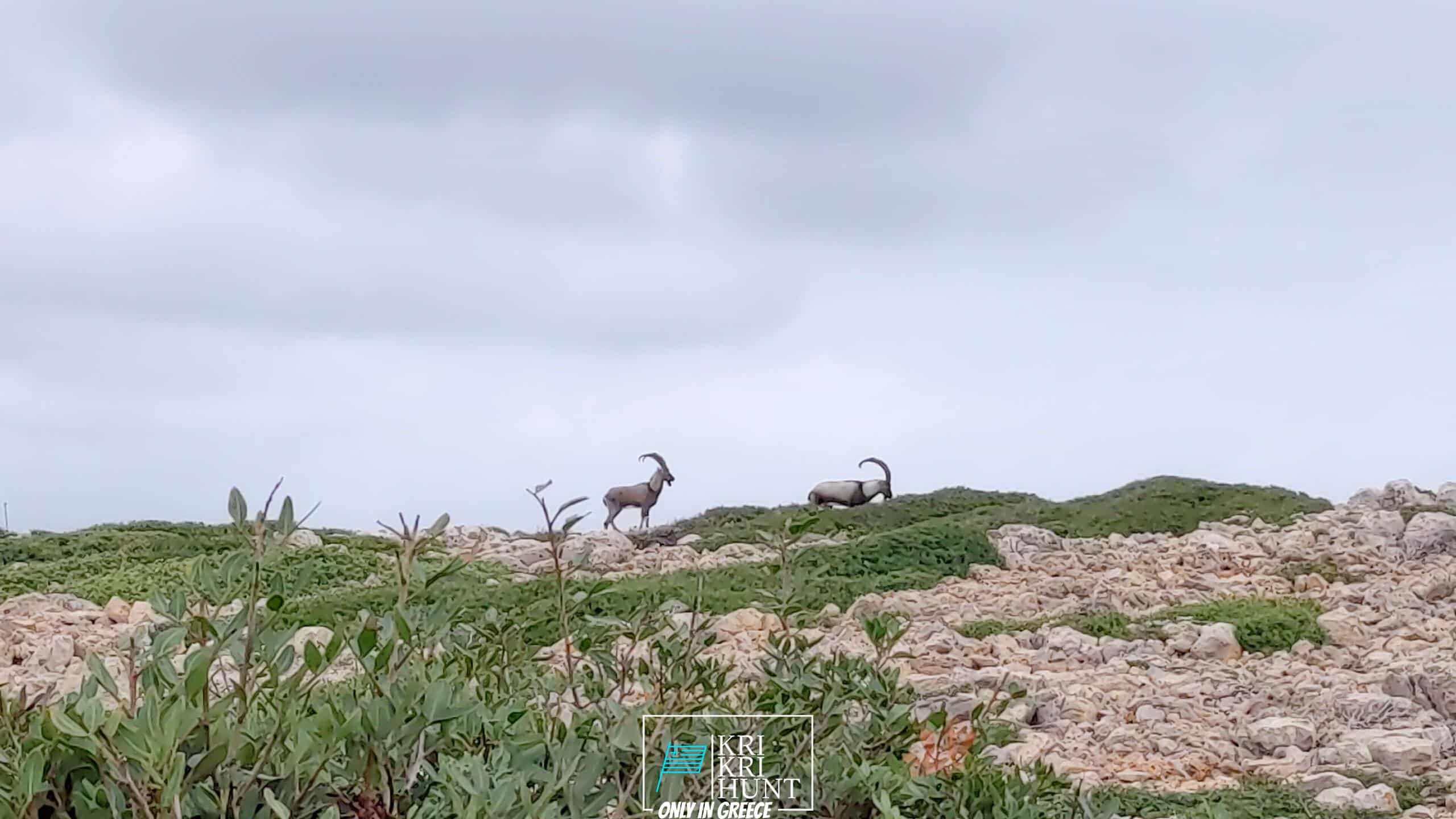Ideal ibex searching in Greece
Ideal ibex searching in Greece
Blog Article

Searching for Kri Kri ibex in Greece is an incredible hunting exploration and wonderful getaway done in one. Ibex searching is generally a harsh experience, however not in this situation! Dive to shipwrecks and also spearfishing in old Greece, or delight in ibex searching in an unique location are just a few of the important things you could do during a week lengthy ibex searching trip in Greece. Can you think about anything else?

Hunting Kri-Kri Ibex on Sapientza Island is a rewarding but challenging task. The ibex reside in sturdy, rocky surface that can quickly leave you without shoes after just 2 trips. Capturing a shotgun without optics can additionally be a tough job. However, the hunt is well worth it as the ibex are a few of the most lovely animals on the planet. Greece is a wonderful nation with an abundant history and also culture. There are lots of tourism chances available, consisting of walking, sightseeing and tour, as well as obviously, hunting. Greece uses something for everybody and is absolutely worth a see.
On our Peloponnese scenic tours, you'll get to experience all that this fantastic area has to offer. We'll take you on a trip of some of one of the most attractive as well as historical websites in all of Greece, consisting of ancient damages, castles, and also more. You'll also get to experience some of the typical Greek society direct by enjoying several of the tasty food and a glass of wine that the region is recognized for. And also naturally, no trip to Peloponnese would certainly be complete without a dip in the sparkling Mediterranean Sea! Whether you're a seasoned hunter seeking a brand-new journey or a novice vacationer just looking to check out Greece's stunning landscape, our Peloponnese trips are excellent for you. So what are you waiting on? Schedule your trip today!
If you're looking for a genuine Greek experience, then look no more than our exterior searching in Greece with angling, and also totally free diving excursions of Peloponnese. This is an unforgettable method to see every little thing that this incredible area needs to provide. Reserve your trip today!
What is the diference between Kri Kri ibex, Bezoar ibex and hybrid ibex
The kri-kri is not thought to be indigenous to Crete, most likely having been imported to the island during the time of the Minoan civilization. Nevertheless, it is found nowhere else and is therefore endemic to Crete. It was common throughout the Aegean but the peaks of the 8,000 ft (2,400 m) White Mountains of Western Crete are their last strongholds–particularly a series of almost vertical 3,000 ft (900 m) cliffs called ‘the Untrodden’—at the head of the Samaria Gorge. This mountain range, which hosts another 14 endemic animal species, is protected as a UNESCO Biosphere Reserve. In total, their range extends to the White Mountains, the Samaria National Forest and the islets of Dia, Thodorou, and Agii Pandes.
This Ibex is NOT a diminutive form of the Bezoar Ibex, which has migrated into the western-most reach of the range of this species. The kri – kri (Capra aegagrus cretica), sometimes called the Cretan goat, Agrimi, or Cretan Ibex, is a feral goat inhabiting the Eastern Mediterranean, previously considered a subspecies of wild goat. The kri-kri has a light brownish coat with a darker band around its neck. It has two horns that sweep back from the head. In the wild they are shy and avoid tourists, resting during the day. The animal can leap some distance or climb seemingly sheer cliffs.
“The agrimi goat Capra aegagrus cretica is unique to Crete and its offshore islands. It has been identi®ed as a sub-species of the wild bezoar goat Capra aegagrus aegagrus Erxleben, 1777, which it closely resembles in horn shape, body form and coloration. This classi®cation has been disputed by some researchers who claim that the agrimi are feral goats, derived from early domestic stock brought to the island by the ®rst Neolithic settlers. In order to clarify this issue, DNA analyses (cytochrome b and D loop sequences) were carried out on tissue of live and skeletonized agrimi and compared to sequences of wild and domestic caprines. Results conclusively show the agrimi to be a feral animal, that clades with domestic goats (Capra hircus) rather than with wild Asiatic bezoar. This study demonstrates that morphometric criteria do not necessarily re¯ect genetic af®nities, and that the taxonomic classi®cation of agrimi should be revised.”
Report this page